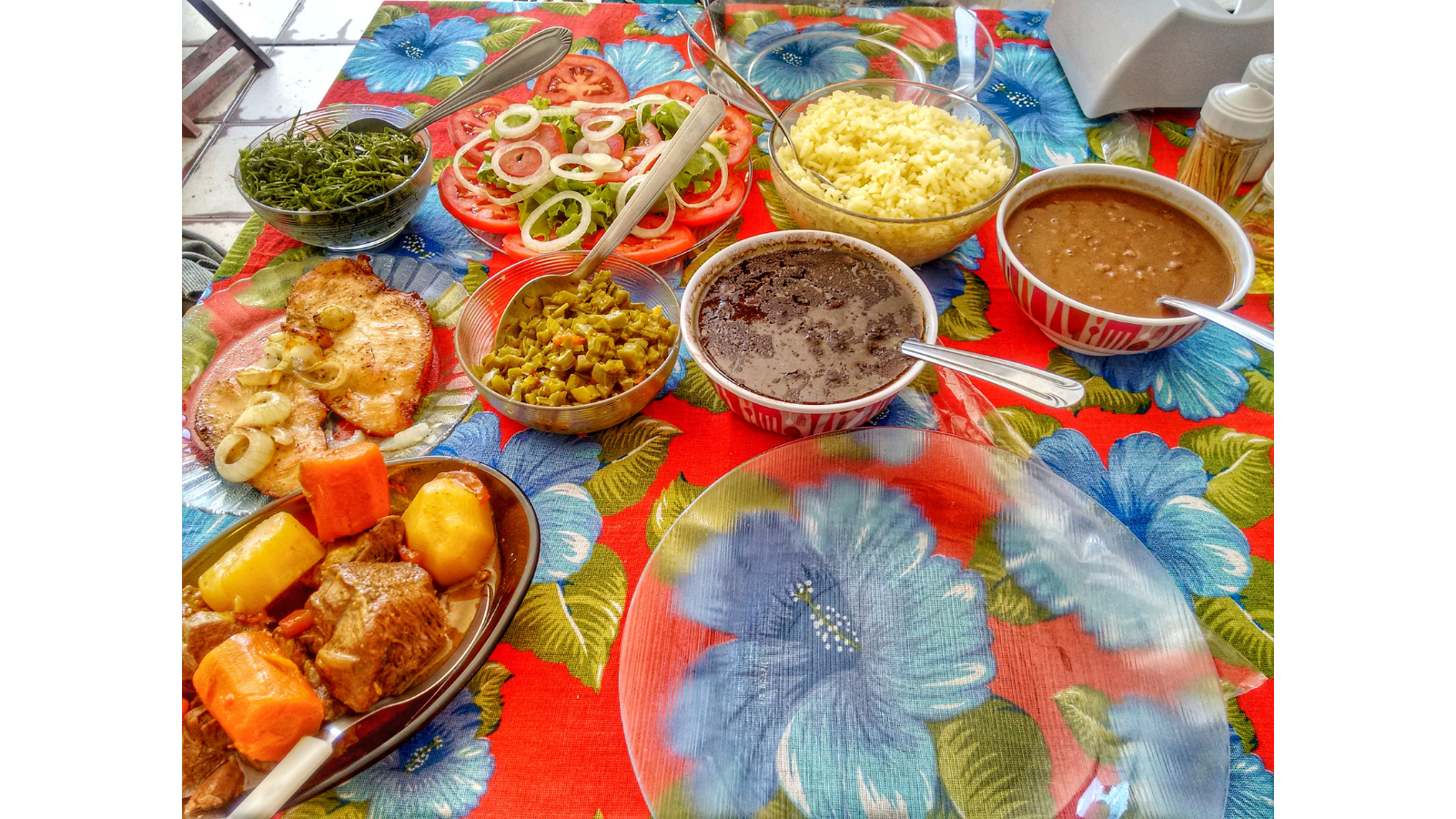
You can eat healthy while indulging in traditional Latin foods, says Zoila Matos, Registered Dietician at Ryan Health. Little adjustments can make a big difference. “For instance, I’ll never tell someone that they cannot have rice and beans. But you can increase the beans and decrease the rice for a healthier dish,” she says. “A small change is better than no change.”
Rice is a large part of the Latin cuisine, but it is high in refined carbohydrate, and has an impact on blood sugar. Brown rice, on the other hand, is higher in nutrients and fiber than refined white rice, but some people are not receptive to it because it changes the flavor of the dish. “It’s important to be culturally sensitive when suggesting dietary changes,” Matos says. “Older patients are very traditional, and we want them to follow through. I don’t want to make changes that are too different for them. They should be comfortable with the changes and it should realistic.”
As an example, she mentions trying couscous instead of rice. Younger people who are accustomed to melding American and Latin cultures, are more open to trying it. Older people may be more reluctant. Many of Matos’ patients have diabetes, high blood pressure, heart disease, or high cholesterol. Some have kidney disease and/or gastrointestinal disorders. Dietary adjustments can have a major impact on each of these conditions.
The challenge to healthy eating — it’s not a “diet” —it is finding what someone’s motivation is. People get overwhelmed with too much information, Matos says, and there is no general fix for everyone. “One general message is to incorporate more vegetables, whole grains and fresh fruit into your meals,” she says. “Take traditional foods that you have all the time and put a healthier spin on it. Try beans and brown rice, or add more vegetables than you usually would.” “People often overlook spices and sautéing. Many think that vegetables can only be steamed. But vegetables can be sautéed and spices such as peppers, garlic, cilantro and parsley can be added. Spices are a big part of Latin cuisine, and they can be used here too.”
Red meat can be a challenge. Latinos tend to eat beef, pork, and chicken. Red meat found in beef and pork is high in saturated fat and can increase your risk for heart disease, Matos says, and she tries to move people to eating more poultry and fish. “Eating healthy is all about planning ahead,” she says. “It doesn’t just happen, you need to plan it, shop for it, decide what you’re having and how you’re going to cook it. You can still eat the foods you love but you can make healthy changes tailored to your culture. Traditional foods can be adjusted to be healthier.”
————
You can make an appointment with a Ryan Health nutritionist with a referral from your primary care provider. Nutrition services are available for weight management; food allergies; and special diets for babies, breastfeeding mothers, children, teens and older adults. Therapeutic diets are available for acid reflux, arthritis, diabetes, gastrointestinal disorders, high cholesterol, and kidney disease.
To make an appointment with your provider to get a referral, use our new Online Appointment Scheduler, or call 212-749-1820.
Healthy Eating Latin Recipes